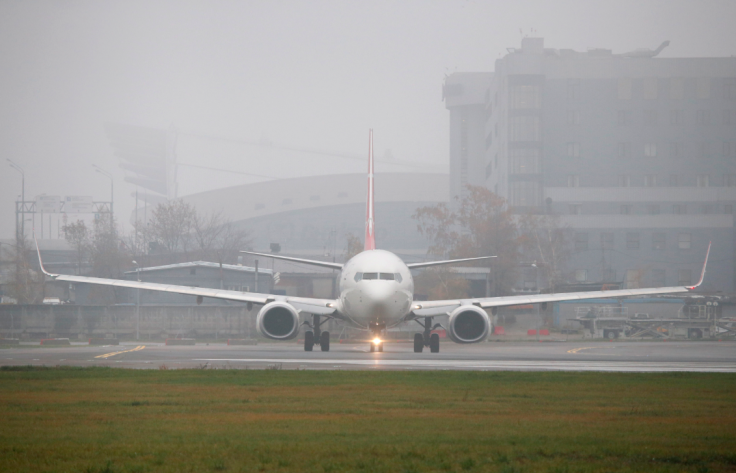Climate Change Effects: Your Airplane Ride Will Probably Get More Bumpy

If turbulence during flights makes you not want to fly, don’t put off any traveling you want to do. A new study published in Advances in Atmospheric Sciences predicts that turbulence will be far more frequent as climate change worsens.
Turbulence can be anything from a few uncomfortable bumps to scary ups and downs that leave you gripping to the arm rest for security.
Read: CO2 And Climate Change: Human Activity Causes Global Warming
The use of climate modeling software helped researchers predict what rising CO2 levels would do to air travel. The study specifically looked at anthropogenic climate change, or climate changes caused by human activity in transatlantic winter flights.
The results showed that an increase in climate change will cause “vertical wind shears at aircraft cruising altitudes within the atmospheric jet streams,” to get stronger, according to the authors of the study. Strong enough that the researchers said moderate to great turbulence would “increase significantly.”
Planes frequently fly in the jet stream because when the jet stream is at the back of the plane, it helps conserve fuel because the winds are helping push the plane forward. Jet streams are usually found above 32,000 feet in the air, a number that may sound familiar if you’ve ever heard your flight pilot say you’ve reached “cruising altitude.”
When examining 21 clear-air turbulence diagnostics the study shows that all 21 would increase in either light or light-to-moderate turbulence, and 16 would show increases in moderate, moderate-to-severe and severe turbulence. So keep your seat belt buckled while seated, it may be a bumpy ride.
© Copyright IBTimes 2024. All rights reserved.





















